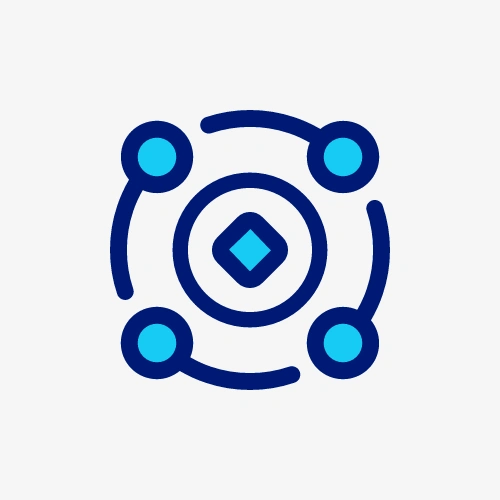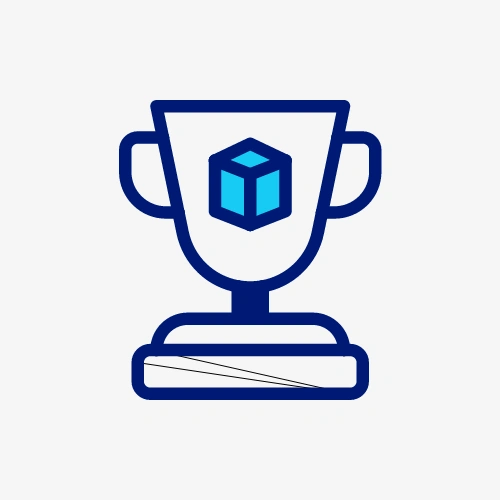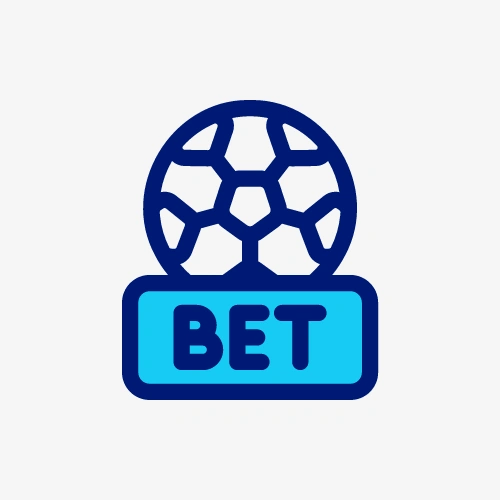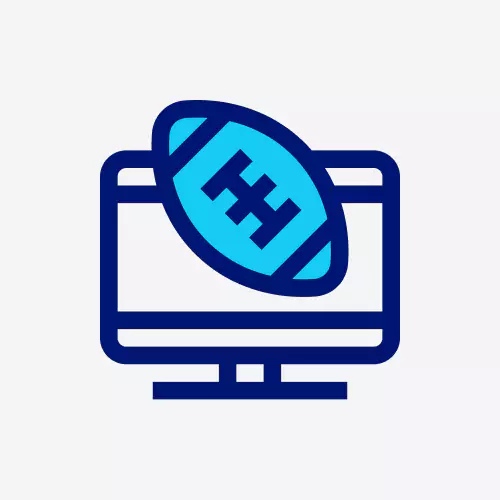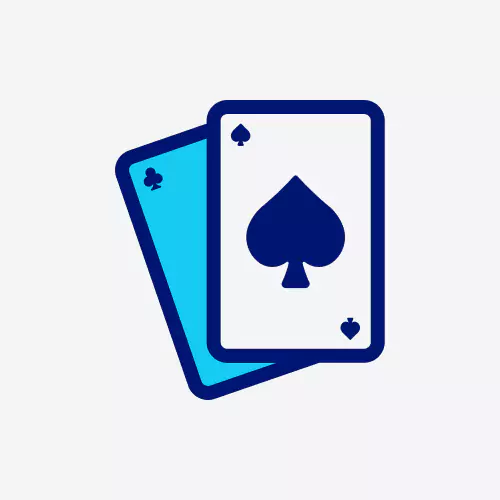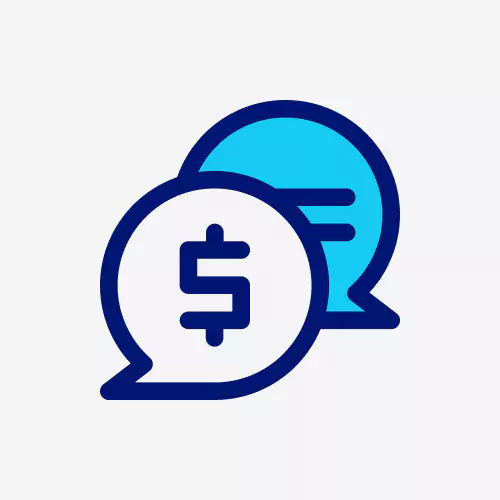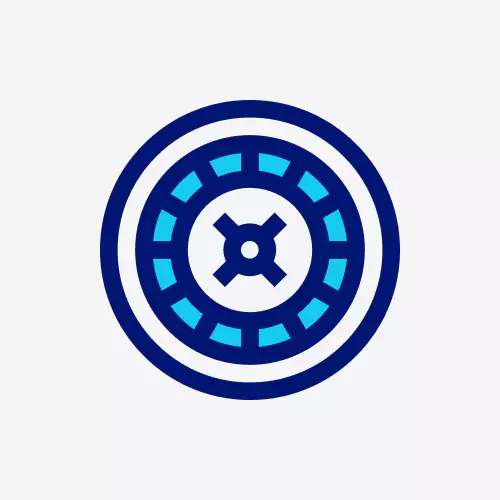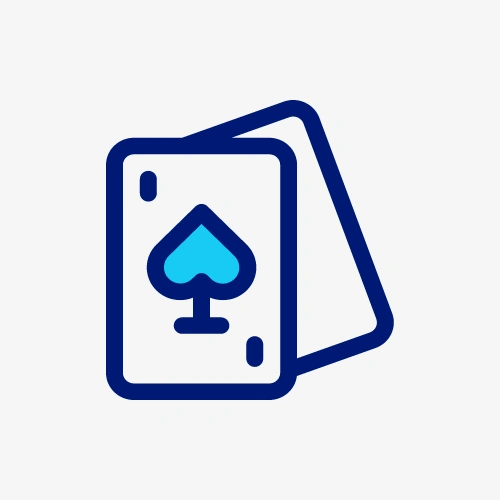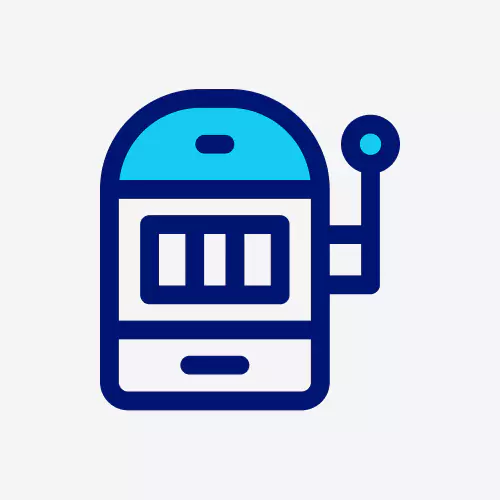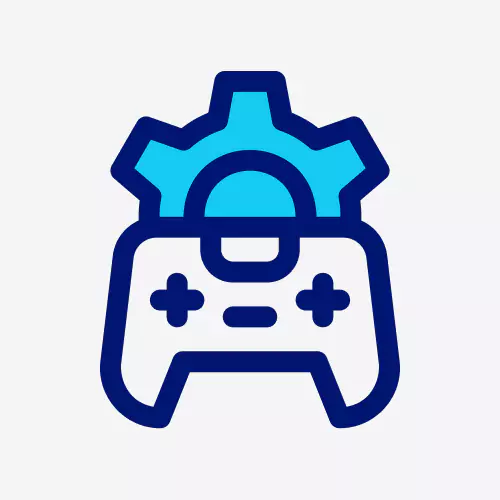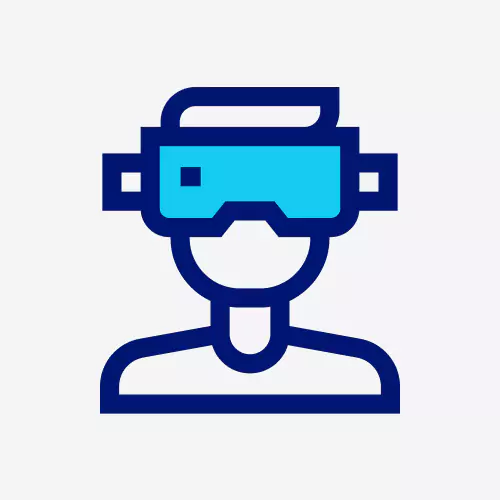Understanding and Playing Web3 Games

Are you looking to start or enhance an online casino or betting platform? Traditional gaming models often limit control, leaving players—and sometimes businesses—without real ownership of assets. Web3 games, powered by blockchain, are changing this by enabling full ownership, trading, and even profit opportunities through NFTs and decentralized systems.
This blog dives into the essentials of Web3 gaming:
- How blockchain transforms game development and asset ownership.
- The benefits of integrating Web3 features into your platform.
- Key technologies and challenges in adopting Web3 systems.
- Real-world examples of successful Web3 games.
Whether you’re an online casino operator, game studio, or sports club, learn how Web3 can elevate your offerings and give your players the ownership and engagement they crave.
Understanding Web3 Games
Web3 games aren’t just the next trend—they’re a way to transform how your platform engages players and drives revenue. Built on blockchain technology, these games allow players to own, trade, and profit from in-game assets.
For online casinos, betting platforms, or game studios, Web3 games aren’t just a nice-to-have—they’re a must for staying competitive. If you’re thinking about adding innovative features or creating a future-ready platform, Web3 is the way forward.
Also watch this video for better understanding of the basics.

Owning Game Assets with NFTs and Tokens
Web3 games make in-game assets feel more like real-world ones. They use two types of digital items:
- NFTs (Non-Fungible Tokens)
- Think of these as one-of-a-kind game items—like a rare character, a unique skin, or even virtual real estate.
- NFTs are stored on the blockchain, so you have proof they’re yours.
- You can sell, trade, or buy them just like real-world items, and there’s no middleman calling the shots.
2. Fungible Tokens:
- These are like in-game money or resources, but with a twist. You can use or trade them inside the game—or even outside it—in other compatible games or platforms.
With these, you’re not just playing a game; you’re participating in an open economy where you actually own your stuff.

How Are Web3 Games Different from Traditional Games?
Let’s break it down in a simple table so you can see how Web3 games stand out:
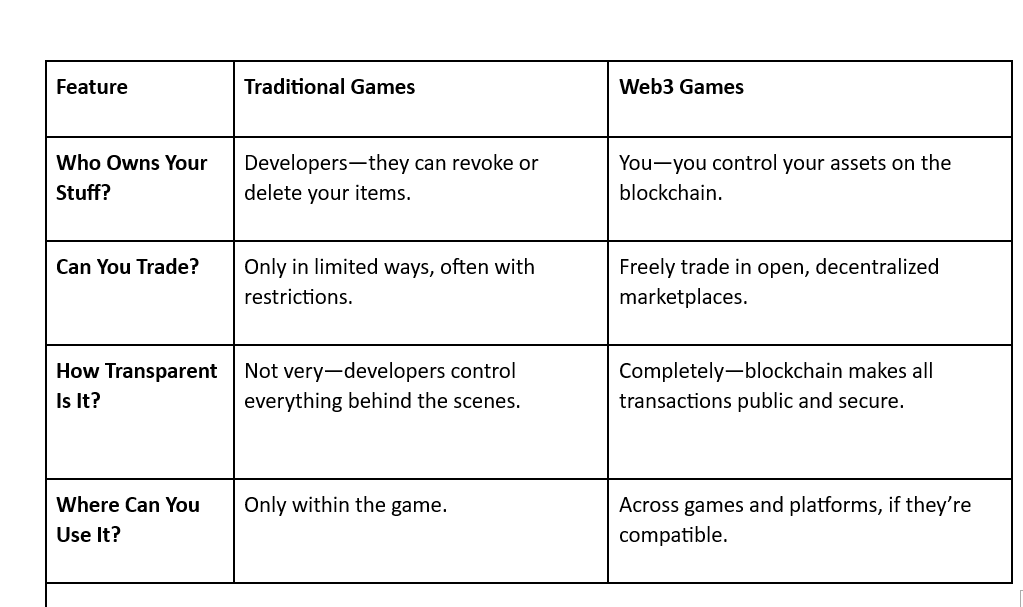
Now that we know how Web3 games work and how they’re giving players and businesses more freedom, lets understand why this shift matters—what benefits it brings.
Benefits of Playing Web3 Games
Web3 games aren’t just about playing—they’re about giving players more control, creating new opportunities, and building stronger communities. For businesses, these benefits translate into higher player engagement, loyalty, and long-term profitability.
1. Player Ownership and Control Over Assets
In traditional games, items like rare collectibles or powerful weapons are locked within the game’s ecosystem. Players don’t truly own them, and their value is lost if the game shuts down. Web3 games flip this model by storing assets on the blockchain, giving players real ownership of their digital items.
Why Does This Matter to Your Platform?
- Players can easily buy, sell, or trade assets on open, decentralized marketplaces with no restrictions.
- Smart contracts ensure secure transactions without the need for middlemen.
- Ownership of assets creates a stronger sense of investment, encouraging players to stay longer on your platform.
Players with more control over their items are more likely to engage regularly, boosting your platform’s growth.
2. Opportunities for Financial Gain Through Trading and Selling
Web3 introduces a play-to-earn (P2E) model, where players can earn cryptocurrencies or NFTs simply by playing. For platforms, this model is a game-changer:
- It draws players by offering them a chance to monetize their time and skills.
- Decentralized marketplaces allow fair pricing for assets and eliminate unnecessary middlemen.
- Popular Web3 games like Axie Infinity have proven that these financial opportunities increase user engagement and retention.

For businesses targeting regions with economic challenges, offering financial opportunities through gaming can make your platform a go-to choice.
3. Increased Player Adoption Through Decentralized Ownership
Decentralization doesn’t just build trust—it fosters a stronger sense of community. Players appreciate:
- Transparency: Blockchain technology ensures every transaction is visible and secure.
- Fairness: No central authority means no unfair decisions or favoritism.
- Community Involvement: Platforms like Reddit and Discord enable players to influence game updates and directions, creating a more loyal audience.
Traditional games struggle to build this level of player trust and involvement, giving Web3 games a significant edge.
Web3 games offer something traditional platforms can’t—real ownership, financial opportunities, and a transparent, player-first environment. But how do these games work under the hood? The next section breaks down the key features of Web3 games and what makes them so powerful.
Key Features of Web3 Games
Now that we’ve covered the key benefits of Web3 games, it’s time to explore the features that make these games truly stand out. These features aren’t just buzzwords—they’re the building blocks of a new gaming economy, and understanding them is crucial if you’re thinking of integrating Web3 into your platform.
1. Full Ownership of Digital Assets
One of the most powerful aspects of Web3 games is the true ownership players get over their in-game assets. Unlike traditional games, where items are locked into a single game’s ecosystem, Web3 games let players own and control their items via blockchain and NFTs.
What does this mean for your platform?
- Cross-Game Assets: Players can carry their digital assets across different games, opening up new possibilities for your platform to create shared economies and ecosystems.
- Real Ownership: Players can sell, trade, or use their assets in different games without restrictions, adding value to your platform’s offerings.
By offering this interoperability, you’re giving players more freedom and increasing the overall value of the assets they collect.
2. Integration of Older Games into Web3 with Metaverse Features
Web3 isn’t just for new games. Classic games are finding a fresh life with metaverse integration and blockchain economies. This combination keeps the nostalgia intact while introducing players to a new and exciting way to interact with old favorites.
Why does this matter to your platform?
- Revitalize Older Titles: Integrating Web3 elements into older games can breathe new life into your existing content and attract a new generation of players.
- Cross-Platform Sharing: As Web3 makes assets shareable across platforms, your classic games can now benefit from a wider network of players, bringing back users who might have left and enticing new ones.
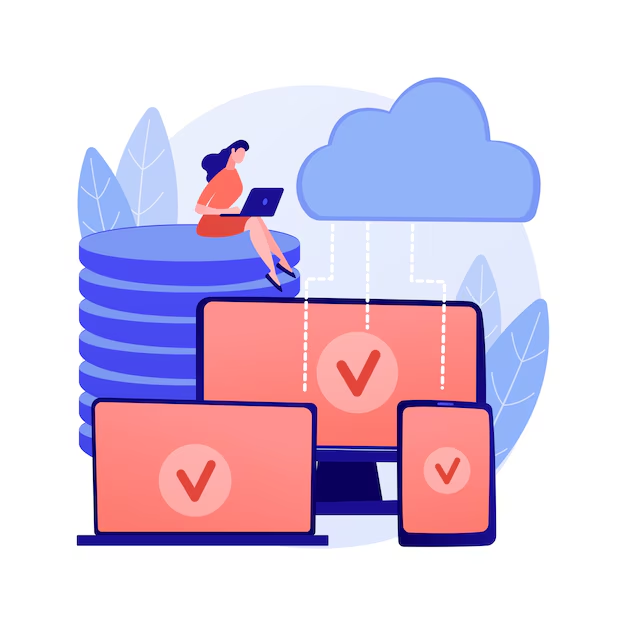
This integration expands the reach of your games while tapping into the power of community-driven experiences.
3. Player-Driven Gaming Experiences and Profit Opportunities
In Web3, players aren’t just participants—they’re stakeholders. Through play-to-earn models and governance systems, players have a direct say in how the game evolves. They can earn, influence, and benefit financially, all within a transparent ecosystem.
Why should you care about this?
- Engaged Players: When players have ownership over their gaming experience, they become more engaged, which leads to higher retention and spending.
- Monetization Models: With play-to-earn mechanics, players can earn in-game rewards that hold real-world value, which attracts players seeking financial incentives.
Also read: Strategies for Enhancing the Player Experience in Online Casinos
This shift to player-driven models offers a unique revenue stream for your platform while strengthening the player community.
4. Minimal Downtime and High Scalability
Web3 games are built for growth. Their decentralized infrastructure ensures that they can scale with demand, offering a seamless gaming experience with minimal downtime. This is crucial for platforms that want to maintain consistent engagement and support a growing player base.
For your platform, this means:
- Scalable Infrastructure: You can handle large spikes in player activity without worrying about lag or crashes.
- Reliable Performance: Blockchain and decentralized systems reduce the risk of single points of failure, ensuring your game remains accessible and stable.
This high scalability helps your platform handle increased traffic, ensuring a smooth experience for all players, no matter the size of your user base.
These key features are the foundation of Web3 games, enabling new types of player interactions, economies, and business models.
Next, let’s explore the technological components that make Web3 gaming possible and discuss how they can help improve your platform’s efficiency and security.
Also read: Transforming the iGaming Industry: Innovations and Software Providers in 2024 – sourcecodelab
Technological Components in Web3 Gaming: A Business Perspective
For your platform, integrating Web3 features isn’t just about adopting cutting-edge tech—it’s about offering players a seamless, secure, and engaging experience that sets your business apart.
Here’s how the key technologies behind Web3 games translate into real business value for your platform:
1. Simplified Blockchain Interaction with Web3 Libraries and dApps
To integrate blockchain into your gaming platform, you don’t need to become a blockchain expert. Web3 libraries and decentralized apps (dApps) allow developers to easily connect your platform with the blockchain, handling all the complex tasks behind the scenes. This means:
- Seamless player transactions with minimal friction
- Secure handling of digital assets, ensuring your players can trade and interact freely, increasing engagement
- Easy scalability as your platform grows
This tech reduces the complexity for your business while enhancing player experience.
2. Automating Game Logic with Smart Contracts
In Web3 games, smart contracts are like self-executing agreements that automate transactions and enforce game rules. This makes it possible to:
- Secure transactions for in-game assets, ensuring fairness and transparency
- Automate payouts or rewards for players, cutting out the need for manual intervention
- Build trust with players by ensuring all actions are verifiable and reliable

For your platform, this means efficiency, reduced overhead, and an overall better player experience.
3. Scalable, Secure Infrastructure Through Web3 Providers
The infrastructure that supports Web3 gaming is decentralized, which means:
- Reduced risk of downtime—your platform will be less vulnerable to server crashes or central system failures
- High scalability—as your player base grows, your platform can expand seamlessly to accommodate more users
- Enhanced security—thanks to decentralized systems, your players’ data and transactions are more secure
You can focus on growing your platform without worrying about backend tech bottlenecks.
4. Secure Digital Wallets for Asset Management
Digital wallets allow players to store their in-game assets (like NFTs and tokens) securely. For your platform, this provides:
- Enhanced player confidence—players feel secure knowing their assets are safe and can be easily accessed or traded
- Easy integration with existing payment systems, allowing players to buy, sell, and trade with ease
- Real ownership of assets—players are more likely to stay engaged if they truly own their items, increasing retention
For your business, this translates into higher player engagement, increased monetization opportunities, and a stronger connection with your audience.
These technologies are powerful tools that can transform how your platform operates, but it’s essential to also focus on the business benefits they bring.
Challenges and Considerations in Web3 Gaming
While Web3 gaming offers incredible opportunities, it’s important to address key challenges that come with it. Below are the major obstacles and practical solutions to overcome them:
1. Security Risks
- Challenge: Decentralized ecosystems bring unique security concerns like smart contract flaws, hacking, and scams.
- Solution: Regular code audits, strong encryption, and wallet security (e.g., two-factor authentication) can help mitigate these risks.
2. Market Volatility
- Challenge: The value of in-game assets, such as NFTs and tokens, can fluctuate wildly, causing instability.
- Solution: Implementing mechanisms to stabilize asset value, like using stablecoins or integrating market risk management tools, can help reduce volatility for players and developers.

3. Scalability and Integration Issues
- Challenge: Blockchain technology struggles with scalability, causing delays and high transaction costs.
- Solution: Layer 2 solutions and sidechains, like those used in popular platforms, can ease these issues, offering faster and cheaper transactions.
By addressing these challenges proactively, Web3 games can provide a secure, reliable, and scalable environment for both players and developers.
Examples of Successful Web3 Games
The world of Web3 gaming is quickly expanding, with a growing number of games leveraging blockchain technology to create new and exciting player experiences.
Below are examples of some of the most successful Web3 games that highlight the potential of this transformative sector.
Axie Infinity
Developed by Sky Mavis, Axie Infinity is a turn-based strategy game that uses NFTs and blockchain to create a dynamic gaming ecosystem.
Why It’s Successful:
- Play-to-Earn (P2E) Model: Players can earn real-world money by engaging in game activities, driving player investment and retention.
- Global Reach: The game’s ‘Axie Infinity: Origins’ release on the Apple App Store helped it expand globally, achieving 1.5 million installs across platforms.
- Community Engagement: The scholar program, where players borrow Axies to play, has democratized access, especially for those in lower-income regions.
- Results: Axie Infinity commands 34% of decentralized app activity, with 1.1 million daily active users and a Day 7 retention rate of 42.1%.
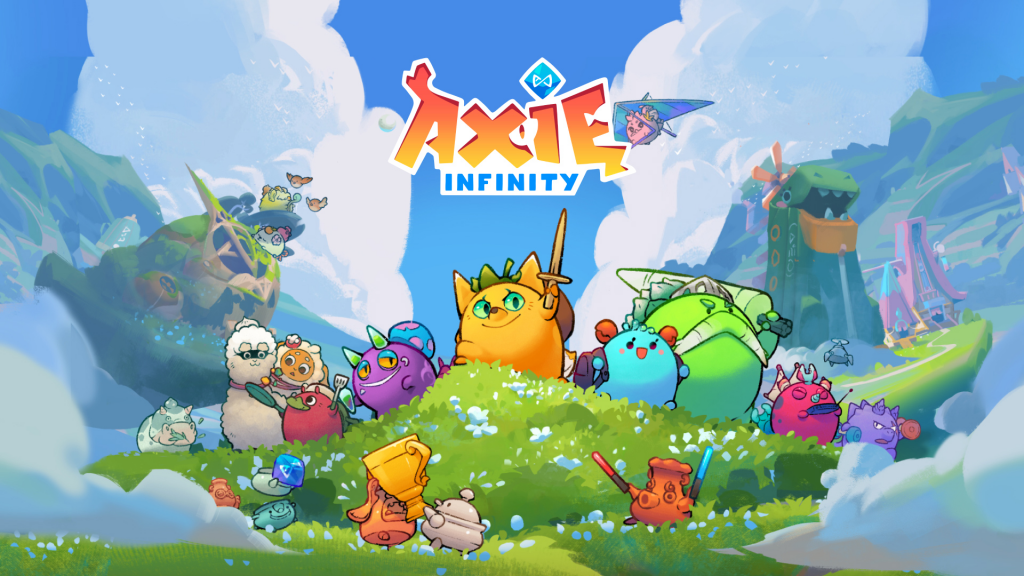
The Sandbox
The Sandbox is a 3D metaverse platform where players can create, own, and monetize digital content using NFTs.
Why It’s Successful:
- NFT Integration: Players can buy, sell, and create assets that hold real-world value, bringing unique opportunities for digital creators.
- Brand Partnerships: High-profile brands have partnered with The Sandbox, enhancing its credibility and market visibility.

Decentraland
Decentraland is an Ethereum-based project that allows users to build and profit from virtual experiences in its metaverse.
Why It’s Successful:
- Virtual Economy: The MANA token fuels its virtual economy, enabling users to buy, sell, and develop real estate and experiences.
- Interactive Experiences: Decentraland attracts users with events like virtual concerts, art shows, and conferences, strengthening its position in the metaverse.
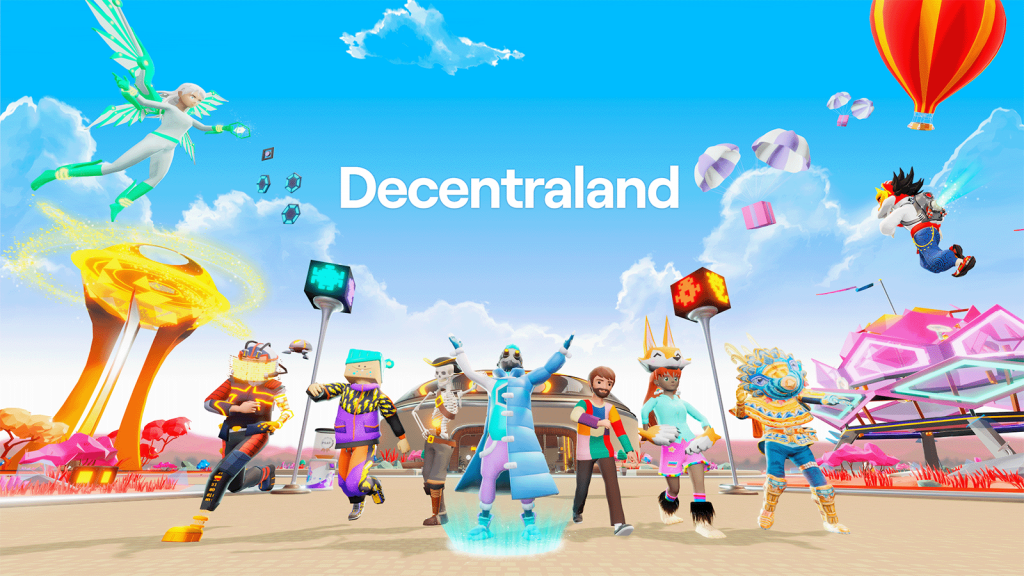
Conclusion
Web3 gaming is changing the way people play and earn. With blockchain technology, players now truly own their in-game assets and can even earn while they play. This shift is not only making games more fun but also turning them into real financial opportunities.
However, the future of gaming isn’t just about blockchain. It’s about creating engaging, interactive experiences for players. Whether it’s through building better platforms or integrating new technologies, Source Code Lab is here to help businesses grow and stay ahead of the game.
If you’re looking to develop innovative games or create seamless user experiences for your players, let’s talk. We can help you bring your vision to life.
Book a demo now and see how we can work together.
FAQs
1. 1. What is Web3 gaming?
Answer: Web3 gaming refers to games built on blockchain technology where players have true ownership of in-game assets, like NFTs. These games often offer play-to-earn models, allowing players to earn real money or rewards as they play.
2. How do Web3 games work?
Answer: Web3 games use blockchain to track and secure digital assets. Players can buy, sell, or trade in-game items like NFTs. Smart contracts handle transactions and game rules, ensuring transparency and fairness.
3. What are the benefits of Web3 gaming for players?
Answer: Players benefit from true ownership of assets, the ability to earn while playing, and participation in game governance. Web3 games offer more control over in-game economies and assets compared to traditional games.
4. Can I make money from playing Web3 games?
Answer: Yes, many Web3 games operate on a play-to-earn model where players can earn NFTs or cryptocurrency. These rewards can be sold or traded for real money, giving players the chance to profit from their gameplay.
5. What are the challenges of Web3 gaming?
Answer: Challenges include security risks, such as smart contract vulnerabilities, and market volatility, which can affect asset values. Scalability and technical issues with blockchain networks also pose obstacles for game developers.

